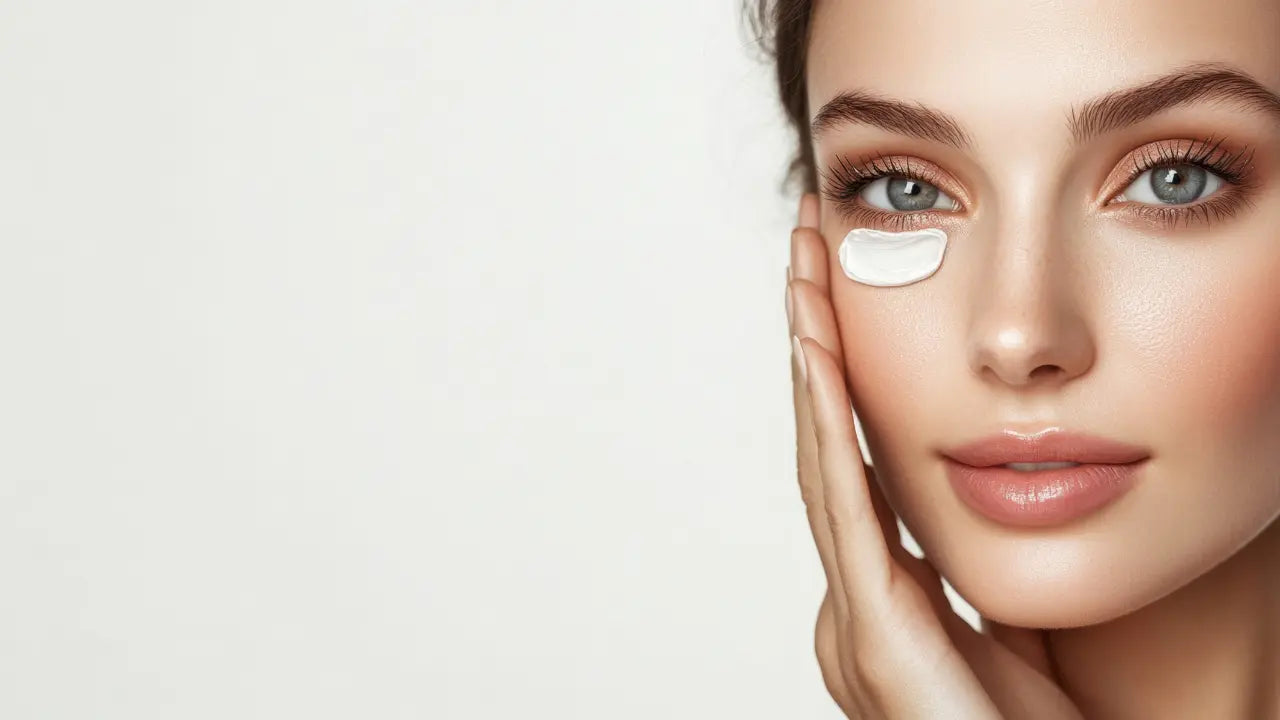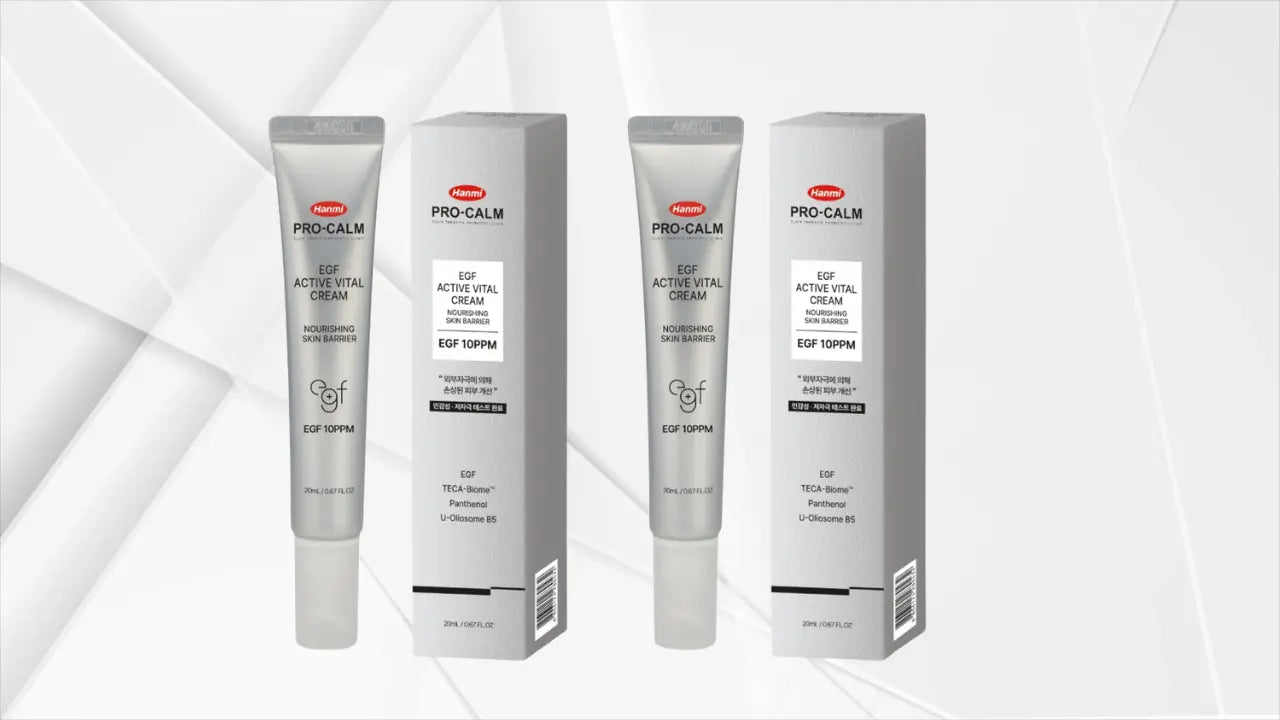If you’ve been searching for a skin tightening cream, you’re probably wading through big promises and tiny print. I take the practical route: set expectations, lean on ingredients with data, and build a routine you’ll actually follow. That approach tends to deliver the most believable results over time.
What a skin tightening cream can and cannot do
Here’s the honest baseline. A well-formulated cream can plump the skin with hydration, support the barrier, and—with certain actives—gradually improve the look of fine lines and texture. That “firmer look” often comes from a combination of water-binding humectants, emollients that smooth the surface, and ingredients that may nudge collagen over months.
It will not “lift” lax skin the way devices or procedures do. Dermatology guidance is clear that creams and lotions can make skin look better—sometimes quickly from moisturization—but they can’t physically hoist sagging tissue; daily use is needed to maintain any visible effect. Америкийн арьс судлалын академи
If you see instant results, it’s usually a smart moisturizer doing its job. Think of it as air in a mattress: hydration fills the surface so fine lines look softer, while longer-game actives quietly do their slow work underneath.
How a skin tightening cream actually works (key ingredients)
I start with the ingredients that have the most consistent clinical and real-world support. Retinoids are the anchor. Prescription options are the most studied, but cosmetic retinal/retinol formulas may still help the look of lines and uneven texture with steady use. They encourage faster cell turnover and stimulate collagen, which is why I’m careful to introduce them slowly. Америкийн арьс судлалын академи
When I want a simple, beginner-friendly retinal, I reach for a retinal cream for smoother texture like Dr.Vita Daycell Vitamin A Cream. It slots into night routines without feeling heavy, and in my experience sits well under a bland moisturizer.
Peptides are the second lane. They’re mini messengers that can signal collagen support or help calm inflammation, and several recent reviews describe their growing cosmetic role. In practice, peptide serums layer easily, and I use them on nights I’m not using a retinoid to keep the routine comfortable. PMC+2PMC+2
To build that peptide step in, a collagen peptide serum for daily layering such as BIODANCE Pore Perfecting Collagen Peptide Serum has been a good “glue” in my lineup, adding slip and a little bounce without pilling under sunscreen.
Niacinamide deserves a permanent spot for most skin types. Mechanistically it’s a multitasker—helping with barrier lipids, tone, and redness—and reviews in the last year continue to support its role in age-related skin changes. I notice it steadies my skin when I’m using stronger actives. PMC
Hyaluronic acid is the hydrator that makes everything look better in the mirror. Topical HA, especially in multi-weight blends, can improve hydration and the appearance of fine lines over weeks; I treat it like a plumping base coat before occlusives. PMC+1
You’ll also see growth-factor language—EGF and polynucleotides/PDRN—in modern “firming” products. Evidence from reviews and small trials suggests modest texture and wrinkle improvements, with stronger data in medical or injectable contexts than in standard cosmetics. In my testing, EGF creams feel elegant and can complement a retinoid-peptide routine as supportive care. If you’re curious, an EGF face cream for a resilient look like Hanmi Pharm EGF Active Vital Cream fits best as a night finishing step. Wiley Online Library+2PMC+2
For barrier-friendly lift in feel rather than physics, collagen-forward hydrators are handy. I’ll often seal with a bouncy collagen cream that plays well under makeup, for example medicube Collagen Jelly Cream, when the air is dry or office heating is running all day.
Polynucleotide serums sit in the “interesting but evolving” category. Reviews in 2024–2025 are cautiously optimistic for skin texture and elasticity, but they also note variability across studies. I place them as an add-on—not a replacement—for retinoids or sunscreen. A c-PDRN ampoule for barrier support such as REJURAN Turnover Ampoule can be that optional extra on retinoid-off nights. PMC+1
Types and how to choose for face, body, and specific areas
Face products are usually lighter to avoid congestion and to sit comfortably under sunscreen and makeup. I prefer thin creams and serums that absorb without filming, especially if I’m layering sunscreen afterward. In humid months, gels with HA or peptides shine; in dry heating seasons, I swap to creams with ceramides and occlusives so hydration doesn’t evaporate between meetings.
Body formulas can be richer because the skin is thicker and loses water faster. Lotions labeled “firming” often combine humectants with caffeine, peptides, or low-dose retinoids. They won’t shrink fat or tighten loose tissue, but they can visibly smooth crepey areas when used consistently, which is often all we need to feel better in our clothes. Dermatology sources emphasize that any lift you notice from such lotions is temporary and tied to daily moisturizing. Америкийн арьс судлалын академи
For a straight-forward daily active step, a collagen peptide serum like the BIODANCE option above pairs well with body hydrating lotions. If you’re retinoid-curious but nervous, a gentle retinal booster for beginners such as celimax The Vita A Retinal Shot Tightening Booster is an approachable on-ramp for face and neck.
Face vs body textures and seasons
On the face, I watch texture and pilling more than anything. Light serums in summer and silkier creams in winter are the sweet spot for me. On the body, pump-bottle lotions win purely because I’ll actually reapply them; the “best” formula is the one you’ll use daily after a shower.
Stomach/after weight loss, legs, and the under-chin zone
After weight loss or pregnancy, skin can look deflated. Creams can smooth and hydrate the surface, which improves the look of lines and creases, but they can’t tighten stretched tissue in a surgical sense. If under-chin fullness is the main concern, know that topical products can de-puff and improve texture but won’t remove submental fat; in-office options like deoxycholic acid injections or fat-reduction devices are what change contours. I frame creams as complementary—great for texture and comfort, not spot-reduction. Америкийн арьс судлалын академи+1
Who it’s for—and who should be cautious
Most skin can benefit from a moisturizer-plus-active approach. If your skin is dry or looks crepey, hyaluronic acid and ceramides are a forgiving pair that immediately softens the look of lines while supporting the barrier. If texture and tone are bigger issues, add niacinamide and then a retinoid as your tolerance allows.
Sensitive or redness-prone skin benefits from the “go slow” rule. I start retinoids every third night and sandwich with moisturizer. That pacing keeps my cheeks from getting flaky and prevents the tight, itchy feeling that makes people quit. Dermatology guidance also notes that a gradual start with moisturizer helps mitigate irritation, especially for deeper skin tones where irritation can trigger post-inflammatory dark marks. Америкийн арьс судлалын академи
If you are pregnant or trying to conceive, skip retinoids entirely and lean on moisturizers, niacinamide, vitamin C, and sunscreen. Reputable medical organizations consistently advise avoiding topical retinoids during pregnancy out of caution, even though systemic absorption is low. I treat that advice as a firm guardrail. Америкийн арьс судлалын академи
How to use & routine pairings (AM/PM, spacing with actives)
My best results come from simple, repeatable steps. At night I cleanse, apply a thin layer of retinoid on completely dry skin, and follow with a cushiony moisturizer. The “dry skin” detail matters; applying actives to damp skin increases the risk of sting and redness. I alternate nights with peptides or PDRN for comfort, and I keep exfoliating acids for a separate night so my skin isn’t juggling too many actives at once. If you prefer a serum-first texture, layer hyaluronic acid under your actives and lock it down with a creamy finish.
Morning is for protection and quick plump. I apply a niacinamide or peptide serum, then a hydrating cream if needed, and finish with broad-spectrum sunscreen. This is the unglamorous step that preserves all the progress from your night routine; it’s also the only topical with strong evidence for preventing premature aging day after day. Америкийн арьс судлалын академи+1
For the eye area, caffeine-containing gels can visibly de-puff in the morning. The effect is temporary, but it’s handy before meetings or photos, and recent reviews explain the mechanism and performance in periocular skin. I pat it on first, wait a minute, then layer sunscreen or concealer. PMC
Comparisons & narrative FAQs
Do skin tightening creams really work? In my experience they do—but within their lane. Moisturizers and humectants give quick surface improvement, while retinoids, peptides, and barrier-supportive actives may gradually refine texture and fine lines over months. Dermatology organizations caution against expecting an actual lift from a bottle; for sagging tissue, procedures are what move the needle, while creams make the canvas look smoother and healthier. Америкийн арьс судлалын академи
What about “instant” creams? Fast-tightening gels often rely on film formers that shrink as they dry or on caffeine to reduce puffiness. They can make skin look taut for a few hours, especially under the eyes, but the effect resets after cleansing. I treat these as cosmetic finishing steps, not treatment.
Can a cream tighten a double chin? Not in the fat-reducing sense. You can firm skin feel and reduce temporary swelling, but submental fullness responds to lifestyle change or in-office treatments when a contour change is the goal. Topicals are still useful to keep the overlying skin smooth and hydrated between appointments. WebMD
Is body lotion different from face cream? Generally yes. Body formulas tolerate richer emollients and occlusives; face products balance actives with makeup wear and a less forgiving T-zone. You can absolutely use a body “firming” lotion on arms and thighs for daily smoothing, then keep your actives targeted on the face and neck for comfort.
Which internal-shop products fit a tightening-focused routine? If I were building a weeknight plan, I’d rotate the retinal cream from Dr.Vita Daycell Vitamin A Cream with the gentle retinal booster celimax The Vita A Retinal Shot Tightening Booster, add daily support from the collagen peptide serum BIODANCE Pore Perfecting Collagen Peptide Serum, keep texture plush with the bouncy collagen cream medicube Collagen Jelly Cream, layer in c-PDRN via REJURAN Turnover Ampoule on retinoid-off nights, and experiment with a soothing EGF night cream like Hanmi Pharm EGF Active Vital Cream if my skin felt weather-worn.
A smart skin tightening cream routine doesn’t chase miracles; it stacks dependable wins. Moisturization for instant polish, daily sunscreen for preservation, and actives like retinoids, peptides, niacinamide, and HA for gradual refinement. I’ve found that when I simplify the steps and commit to them, my skin looks calmer and subtly firmer month to month—no dramatic claims, just steady, realistic gains backed by ingredients that make sense. If you keep expectations grounded and listen to your skin’s tolerance, firm-feeling, smoother-looking skin is a very reachable goal.




